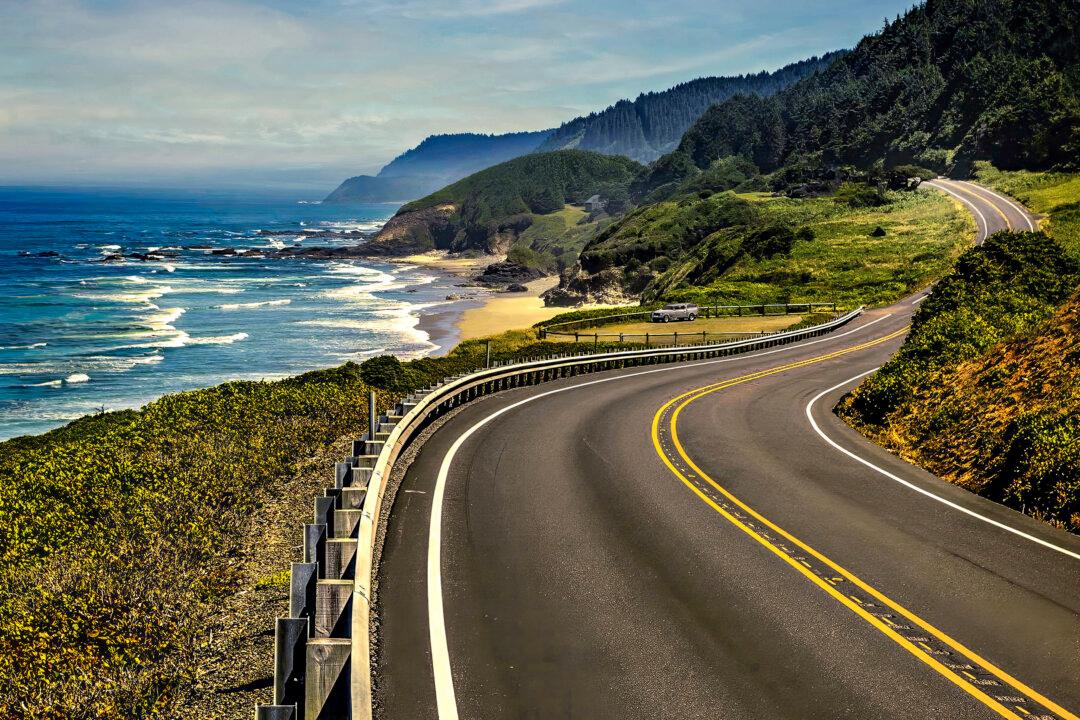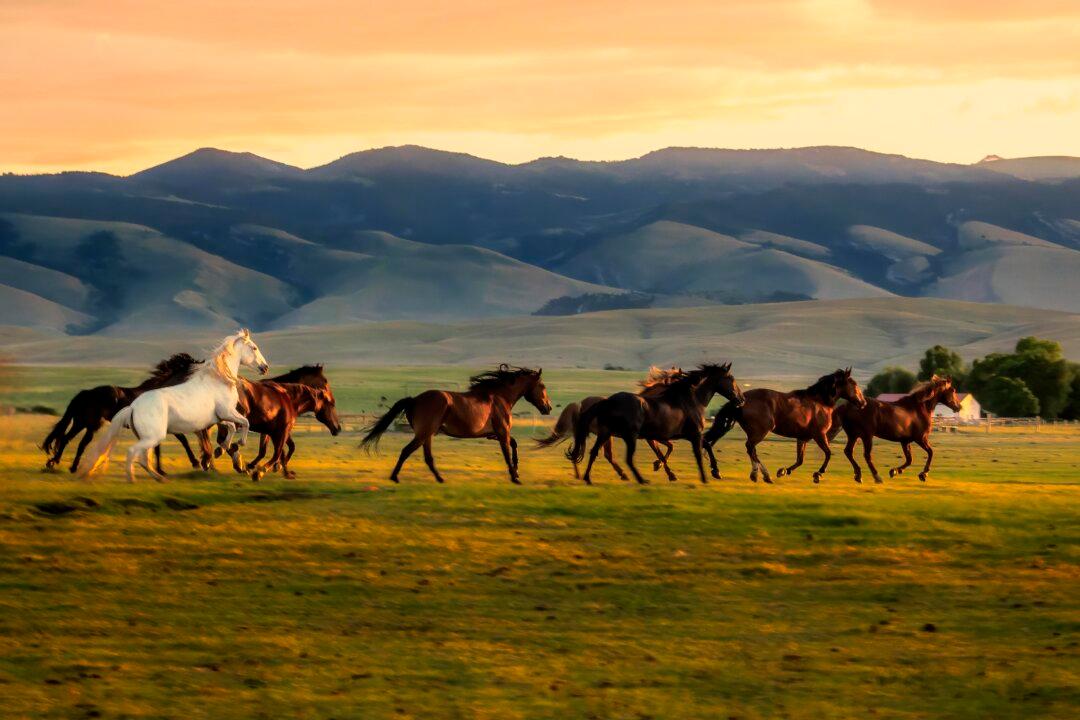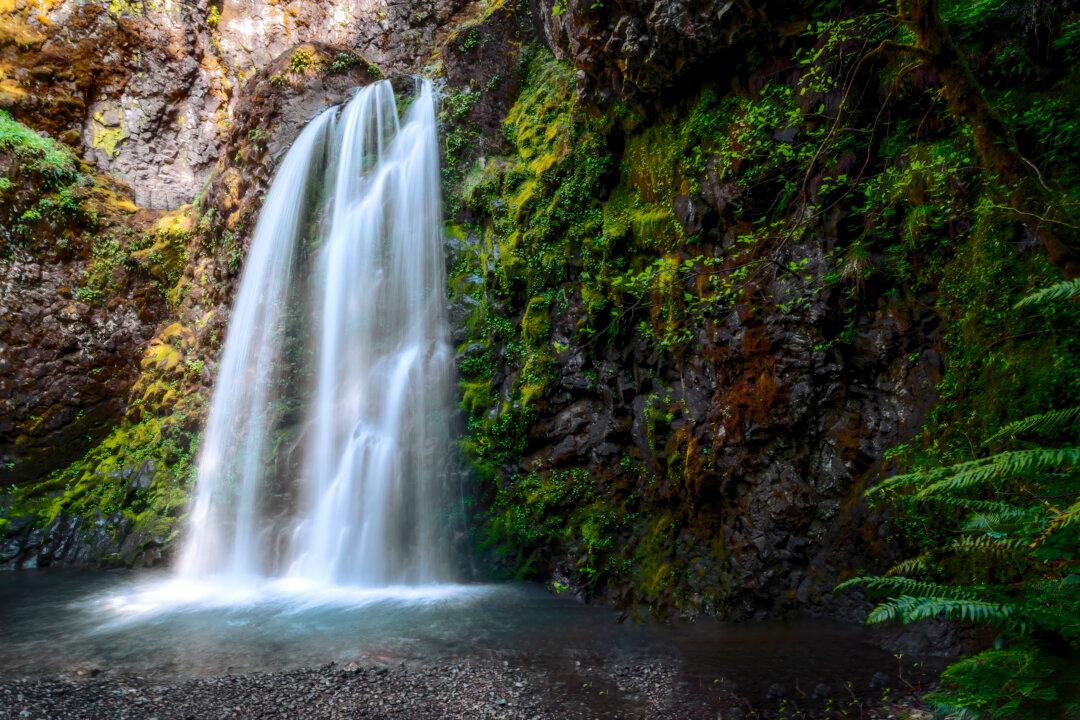Stroll barefoot, shoes in hand, on a white, sandy beach with a far distant reach. Ocean breezes tousling your hair, the rhythmic sound of the waves, and the sharp, salty breath of the tempestuous sea seduce your senses.
Meander with your camera through coastal communities chock-full of character, through chic and charming enclaves with galleries and resorts tailored toward tourists and rustic and robust fishing villages with a living still pulled from the sea.





